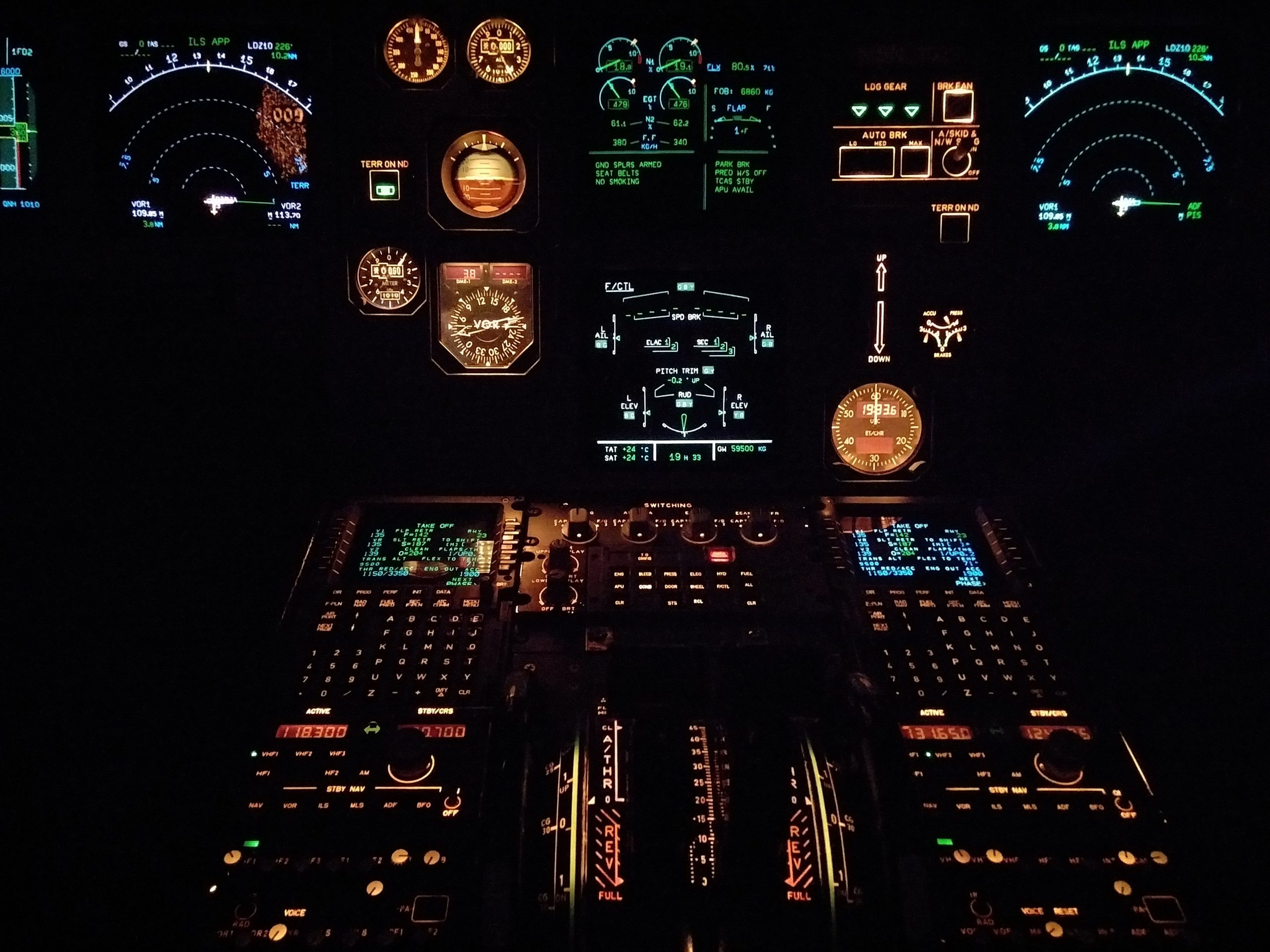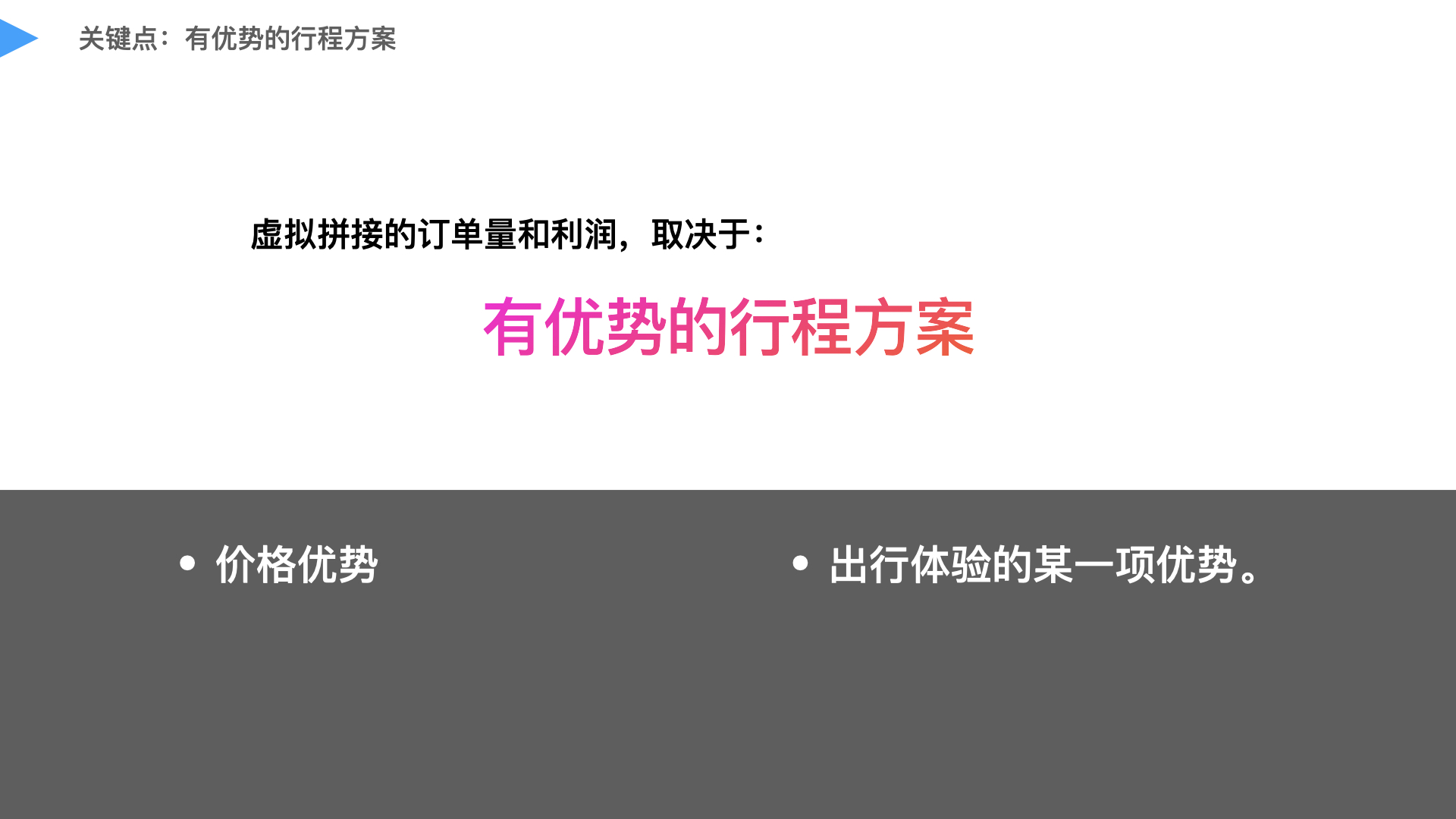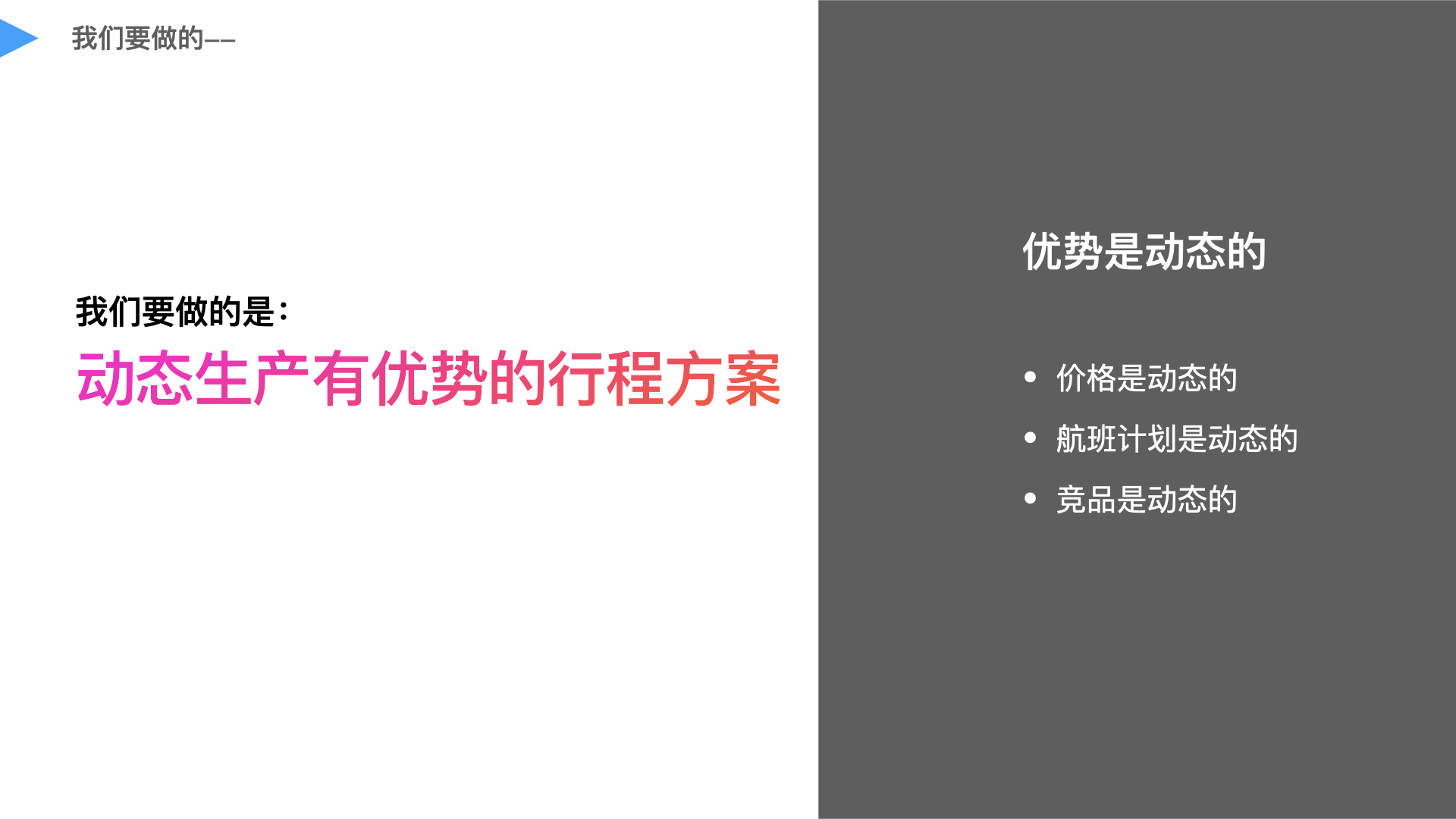Review of virtual airline business lines - supply chain growth and structure

1. The overall situation of air tickets
1. Business ecology
Since the great development of the Internet and OTAs, the air ticket business has gradually formed two business forms: platform and supply chain.
These two forms form the current business ecosystem of air tickets and air ticket-based combination products.
In this ecosystem, there are two main roles, one is the platform and the other is the supplier.
Platforms, such as Ctrip, skyscanner, kayak, etc.
Suppliers are not just airlines, but more importantly, air ticket supply chain companies that specialize in air ticket business.
On the one hand, the supplier's air tickets come from agents or other cooperation methods with the airlines. On the other hand, they rely on crawlers to crawl the airline's official website air ticket data according to certain rules to achieve search, verify, order, and even automatic ticket issuance.
It should be said that platform + supplier, this is the basic business model in the web2.0 era. From social media platforms + content providers to e-commerce platforms + various product suppliers, a business ecosystem has been formed in the web 2.0 era for more than ten years.
It can be said that too many companies and individuals are making money by supplying various platforms.
The same goes for air tickets.
The only difference is that the ticket platform + supplier is more digital and automated.
Social media content providers, such as WeChat official accounts, also need social media authors to create content and then publish it to the platform.
E-commerce suppliers also need merchants to organize product introductions and product pictures, and then publish them to the platform.
The ticket supply process is completely digitalized and automated.
From the acquisition of air ticket data and the update of price data, to price increases, to posting on various platforms. The entire process is completely digital.
The user searches, verifies, orders, and issues tickets from the platform. Although the entire purchasing process is always on the platform, behind each step is the call to the corresponding supplier's data, and the supplier's crawler to each step. support.
2. How is money made?
Air tickets are traffic.
Ancillary operations and packaged products are profits.
The profit of air tickets is generally relatively low. There's nothing we can do about it. One platform, many suppliers, and airlines, that is, those airlines.
Therefore, it is common for multiple suppliers on the platform to provide the same flight of the same airline, and most of the time these suppliers obtain air tickets in the same way - crawlers. Therefore, the cost of issuing tickets for this flight is basically the same.
However, the most important factor that affects users' purchases is price, that is, whoever has the lowest price will buy it, and whichever flight has the lowest price will buy which flight.
Therefore, price wars among suppliers are inevitable. Therefore, air tickets, as a whole, have very low profits.
Sometimes, suppliers even strategically lose money, that is, they sell tickets at a loss.
Why? In order to sell more auxiliary or packaging products such as luggage.
Ancillary products and packaged products are the focus of profits. These products are all based on air tickets. Only if the user buys the air ticket for this flight, the ancillary and packaged products will be sold along with the air ticket.
This has caused some flights with high baggage bundling rates to have suppliers strategically negative ticket prices.
2. Virtual splicing business
1. What is virtual splicing business?
Let’s talk about buses first.
Suppose you go somewhere from home and take a bus, but there is no direct bus, so you need to reverse the bus.
Virtual splicing is a "reversing" plan for taking a plane from A to B. Moreover, this "reversing" plan is not limited to airlines, which means that direct flights from all airlines in the world can be used as ingredients for this "reversing" plan.
Therefore, virtual splicing is actually integrating the transportation capacity resources of global airlines to splice together a more advantageous itinerary plan.
If you have an advantage, you can sell on OTAs with fierce competition, thereby achieving profit growth.
2. Global market
Virtual splicing is naturally a global business.
Moreover, the largest market for virtual splicing comes from long-distance routes, intercontinental routes and long-tail routes.
These routes are often long distances or have few flights, resulting in few direct flights and high direct flight prices.
This gives virtual splicing a huge market opportunity.
3. Regional market
There are three areas, and virtual splicing is also a focus. That is Europe, Southeast Asia and Latin America.
These three regional markets are spread across many countries and even many islands within the region. This results in more common connecting flights in these three areas. Therefore, virtual splicing naturally has its own space.
4. The key to achieving profit growth
Advantages and Price Cache.
Advantages, especially price advantages, are the key to making virtual splicing products sellable.
If the spliced products have no advantages, then there is no need to put them on the OTA platform.
Air ticket price cache, this is quite special.
The price of air tickets is constantly changing, and the price changes of air tickets of each airline are different. Therefore, if you want to maintain the advantage of the price of the air tickets you put on OTA, and still be profitable, then the caching and caching rules of air tickets It became the key.
5. Difficulties
However, this is not a simple matter. The main difficulty is supply capacity. Specifically: air ticket big data, computing power, and algorithms.
Air ticket big data, or ticket cache big data. These are the ingredients that virtually put this dish together. The more ingredients you have, the more advantageous you can make "dishes" that better suit more travel needs.
However, in order to cache the air tickets of many airlines and keep the prices as consistent as possible with the airlines' official websites, that is, the data quality is high, in fact, it is a matter of high computing power cost. The more airlines there are, the more tickets there are and the higher the cost.
Then, based on the airline's direct flight data, algorithm splicing is used to produce virtual splicing products, which also has certain requirements for computing power and algorithms.
Then, the spliced products are "scored", and then the "scores" of various dimensions are used to determine whether the product has certain advantages. Only for products with certain advantages will the cache of the spliced products be produced. This step requires relatively high real-time performance and computing power of the algorithm and data. (Without this step, the cost of the subsequent virtual splicing cache will be extremely high. Too high to afford.)
Finally, the cache of virtual splicing products is also for data quality and requires a lot of computing power.
To sum up, algorithm optimization can reduce the cost of computing power to a great extent. The application of artificial intelligence is inevitable.
3. Did something
Let’s go to PPT.




The following pages are all about the structure, so I won’t show them here.
How to generate cached data that dynamically maintains price advantage?
Architecture plays a key role in increasing the profits of virtual splicing. Without a good architecture, this matter cannot be achieved at all. With a good architecture, subsequent optimization of the details of the architecture and algorithms, as well as the continuous supplement of basic data, will allow profits to continue to grow.

关注我的微信公众号

